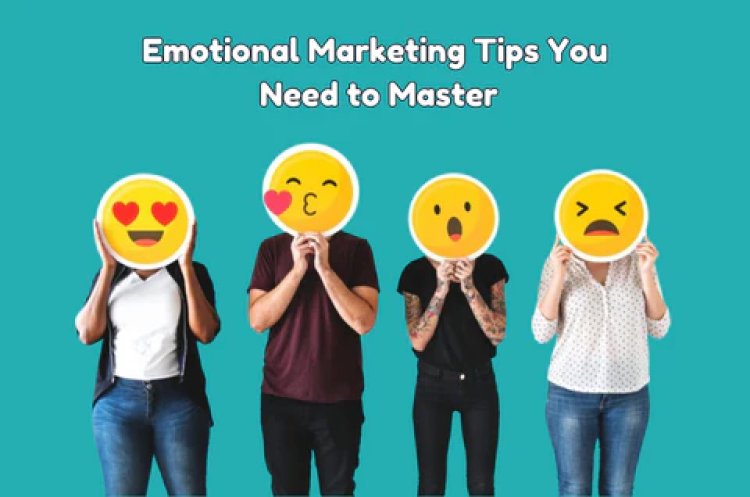EMOTIONAL MARKETING: HARNESSING THE POWER AND IMPACT
The art of using emotions to persuade people is far from new, tracing its roots back to the time of Aristotle, and possibly even earlier. The great Greek philosopher, Aristotle, classified three techniques for appealing to and persuading an audience
Share this Post to earn Money ( Upto ₹100 per 1000 Views )

The art of using emotions to persuade people is far from new, tracing its roots back to the time of Aristotle, and possibly even earlier. The great Greek philosopher, Aristotle, classified three techniques for appealing to and persuading an audience. These are logos, which involves convincing your audience through facts and figures, ethos, which relies on authority and credibility, and pathos, which appeals to emotions. Pathos, in particular, taps into the emotional responses of an audience, eliciting feelings such as happiness, anger, or guilt.
The Rhetorical Triangle
Aristotle’s techniques continue to influence modern marketing strategies, and businesses now leverage human emotions in various ways to achieve their goals, such as boosting brand awareness, increasing sales, and retaining customers. At its core, marketing is about persuasion.
What Is Emotional Marketing?
Emotional marketing is the conscious use of persuasive messages that target human emotions, forging a deep connection with the audience to achieve desired outcomes. Often, it focuses on a single emotion, whether it be fear, anger, joy, or any other potent human sentiment that can impact decision-making, leading to emotional buying.
Why Is Emotional Marketing So Effective?
Emotions wield incredible influence. They possess the power to sway decisions and compel people to take action. This is why emotional marketing has proven to be an effective technique for inspiring people to act and helping businesses achieve their milestones.
Human emotions, especially when negative, tend to linger and haunt individuals. Unaddressed emotions can create discomfort, making it necessary to act upon them. More often than not, this action results in improved sales figures. Research has shown that advertisements with above-average emotional responses from consumers led to a 23% increase in sales compared to average ads.













